Review of membrane interface probe for in-situ investigation of volatile organic compounds-contaminated sites
-
摘要: 膜界面探测器(Menmberane Interface Probe, MIP)是应用与土壤和地下水挥发性有机污染场地原位勘测的技术设备。近年来被广泛应用于VOCs污染场地勘测中。对MIP的结构、测试原理以及与其相匹配的气相色谱检测器进行了介绍,综述了MIP在国内外污染场地勘测的应用案例,总结了国外学者针对MIP测试精度进行的研究结果。分析表明,MIP原位测试能全面地、真实地反应污染场地挥发性有机物分布状况,减少污染场地勘查成本,提高污染场地勘查效率。通过与其它原位测试探头的结合,可同时对污染场地岩土工程特性进行评价,进而为后续污染场地治理方案的制定提供依据。
-
关键词:
- 膜界面探测器(MIP) /
- 挥发性有机物 /
- 污染场地勘查
Abstract: The membrane interface probe (MIP) is a technical device for in-situ investigation of volatile organic-contaminated sites in soil and groundwater. In recent years, it has been widely volatic organic compounds-contaminated sites. The structure of MIP, testing principle and matching gas chromatograph detector are introduced. The application cases of MIP in the investigation of contaminated sites in China and abroad are reviewed. The research results of foreign scholars on MIP testing accuracy are summarized. The analysis shows that the MIP in-situ test can comprehensively and realistically reveal the distribution of volatile organic compounds in contaminated sites, reduce the investigation cost of contaminated sites, and improve the investigation efficiency of contaminated sites. Through the combination with other in-situ test probes, the geotechnical characteristics of the contaminated sites can be evaluated at the same time, which provides basic geotechnical information for the implement of subsequent contaminated site treatment. -
[1] 黄文彦, 吴建辉, 黄于峰, 等. 污染场地地下环境调查方法的新思维[C]// 第一届海峡两岸土壤和地下水污染整治研讨会. 台北, 2002.
(HUANG Wen-yan, WU Jian-hui, HUANG Yu-feng, et al.[C]// Proceedings First Cross-Strait Symposium on Soil and Groundwater Pollution Control. Taipei, 2002. (in Chinese))[2] COSTANZA J, PENNELL K D, ROSSABI J, et al.Effect of temperature and pressure on the MIP sample collection process[C]// Proceedings of the Third International Conference on Remediation of Chlorinated and Recalcitrant Compounds. Monterey CA, 2002: 367-372. [3] MCCALL W, NIELSEN D M, FARRINGTON S P, et al.Use of directpush technologies in environmental site characterization and ground-water monitoring[M]// Practical Handbook of Environmental Site Characterization and Ground-Water Monitoring. 2nd ed. Boca Raton: CRC Press, 2005: 355-482. [4] ASTMD7352-07 Standard practice for direct push technology for volatile contaminant logging with the membrane interface probe (MIP)[S]. 2012. [5] COSTANZA J, PENNELL K D, ROSSABI J, et al.Effect of temperature and pressure on the MIP sample collectionprocess[J]. Remediation of Chlorinated and Recalcitrant Compounds-2002: 1F-08. [6] ROGGE M, CHRISTY T M, DE Weirdt F.Site contamination fast delineation and screening using the membrane interface probe[M]// Field Screening Europe 2001. Dordrecht: Springer, 2002: 91-98. [7] LOOKMAN R, ROGGE M.Delineation of large soil pollutions with volatile compounds using probing techniques[C]// Proceedings of the 7th FZK/TNO Conference on Contaminated Soil 2000. Leipzig, 2000: 300-301. [8] 朱煜. 薄膜界面探测器在污染场地调查中的应用实例探讨[J]. 城市道桥与防洪, 2015(6): 228-231.
(ZHU Yu.Application of thin film interface detector in polluted site investigation[J]. Urban Road and Bridge and Flood Control, 2015(6): 228-231. (in Chinese))[9] 孔祥科, 马骏, 韩占涛, 等. 直接推进技术在有机污染场地调查中的应用研究[J]. 水文地质工程地质, 2014(3): 115-119.
(KONG Xiang-ke, MA Jun, HAN Zhan-tao, et al.Application of direct push technology in organic contamination site investigation[J]. Hydrogeology and Engineering Geology, 2014(3): 115-119. (in Chinese))[10] 陈中轩, 来向华, 廖林燕, 等. 基于MIP-CPT 技术的海底浅层气探测方法——以东海舟山海域为例[J]. 石油学报, 2016, 37(2): 207-213, 229.(CHEN Zhong-xuan, LAI Xiang-hua, LIAO Lin-yan, et al. Submarine shallow gas detection method based on MIP-CPT technology——Taking Zhoushan sea area in the East China Sea as an example[J]. Journal of Petroleum, 2016, 37(2): 207-213, 229. (in Chinese)) [11] MCANDREWS B, HEINZE K, DIGUISEPPI W.Defining TCE plume source areas using the membrane interface probe (MIP)[J]. Soil and Sediment Contamination, 2003, 12(6): 799-813. [12] BUMBERGER J, RADNY D, BERNDSEN A, et al.Carry‐over effects of the membrane interface probe[J]. Groundwater, 2012, 50(4): 578-584. [13] CHRISTY T M.A permeable membrane sensor for the detection of volatile compounds in soil[C]// Symposium on the Application of Geophysics to Engineering and Environmental Problems 1998. Chicago, 1998: 65-72. [14] EHLE N, NEUHAUS M.Standortuntersuchungmit Drucksondentechnik und Membrane Interface Probe[J]. Ein Fallbeispiel, TerraTech, 1998, 5(98): 36-39. [15] Geoprobe System. Membrane interface probe standard operation procedure[EB/OL].2007, https://geoprobe.com/ mip-membrane-interface-probe. [16] NEUHAUS M.In-situ investigation of contaminated soil and groundwater with MIPand ROSTtm—CPT[J]. Italian Journal of Engineering and Environment, Special, 2007(1): 59-63. [17] BRONDERS J, VAN KEER I, TOUCHANT K, et al.Application of the membrane interphase probe (MIP): an evaluation[J]. Journal of Soils and Sediments, 2009, 9(1): 74-82. -
期刊类型引用(33)
1. 刘富成,陈彦丽. 大型深基坑工程可靠性及施工变形特征分析. 砖瓦. 2025(02): 152-154+158 .  百度学术
百度学术
2. 韩苗苗. 不同开挖与支护方式下隧道洞口深基坑仰坡水平位移变形规律研究. 四川水泥. 2024(01): 233-235 .  百度学术
百度学术
3. 何润洲,罗胜亮,杨忠平,谢惠珍. 深厚淤泥土深大基坑群同步开挖对紧邻建筑的影响. 地下空间与工程学报. 2024(02): 577-586 .  百度学术
百度学术
4. 王安东,张学钢,宁波. 基于数据分解重构和AM-CRU-MLR模型的基坑变形研究与应用. 粉煤灰综合利用. 2024(05): 65-70 .  百度学术
百度学术
5. 诸颖,任向东,张健,姚瑶. 软土地区锁扣型钢地下连续墙适用性研究. 工程建设与设计. 2024(23): 36-38 .  百度学术
百度学术
6. 李小军. 地下隧道深基坑仰坡开挖与支护数值模拟及安全性分析. 安全与环境学报. 2023(03): 812-818 .  百度学术
百度学术
7. 王棣,田大浪. 含裂隙岩质深基坑桩锚支护结构变形特征研究. 岩土工程技术. 2023(02): 238-246 .  百度学术
百度学术
8. 高亚鹏,赵文辉,魏锜,杨有海. 某高速铁路明挖隧道黄土深基坑变形规律分析. 兰州工业学院学报. 2023(02): 60-65 .  百度学术
百度学术
9. 严长江,李旺,张子辰. 某黄土深基坑开挖变形预测分析. 低温建筑技术. 2023(03): 101-104 .  百度学术
百度学术
10. 梁二雷,王冰辉,郑功博,吴静. 临河倾斜互层下深基坑变形及渗流数值分析. 工业建筑. 2023(03): 188-196 .  百度学术
百度学术
11. 赵军,胡聪伟,刘飞. 桩锚支护土岩深基坑地表沉降特征分析. 低温建筑技术. 2023(08): 142-145 .  百度学术
百度学术
12. 曹卫平,席茂阳,赵呈,赵敏. 局部破坏对内撑式排桩支护基坑影响的模型试验. 水资源与水工程学报. 2023(05): 190-197 .  百度学术
百度学术
13. 王钰轲,付宏松,马露. 行车荷载与基坑开挖对新建及既有基坑坑底和地连墙的影响研究. 三峡大学学报(自然科学版). 2022(02): 77-82 .  百度学术
百度学术
14. 王贺. 城市双线隧道车站施工工艺优化及稳定性研究. 价值工程. 2022(17): 77-79 .  百度学术
百度学术
15. 王贺. 城市地铁高架车站BIM建模及可视化研究. 建筑技术开发. 2022(15): 118-120 .  百度学术
百度学术
16. 程学昌. 高孔隙水压地层基坑降水开挖施工技术研究. 山西建筑. 2021(01): 68-69+74 .  百度学术
百度学术
17. 罗智勇,宋林波,丁增志,成启航,王海伦. 复杂地铁车站深基坑体系的变形分析. 四川建筑. 2021(01): 99-101 .  百度学术
百度学术
18. 李又云,杨立新,刘伟,王欢,贺隆贵,李昊阳. 悬挂式止水帷幕深基坑分级降水开挖变形特性. 科学技术与工程. 2021(05): 1995-2001 .  百度学术
百度学术
19. 孔令华,胡军然,牛文宣,于洋,楚袁庆. 邻近老旧房屋狭长深基坑开挖施工数值模拟及周边环境影响性分析. 建筑结构. 2021(S1): 1945-1951 .  百度学术
百度学术
20. 苏继超,武俊琦,李媛. 基于青岛上软下硬地层地铁地下连续墙深基坑的变形特征研究. 工程与建设. 2021(03): 506-508 .  百度学术
百度学术
21. 赵得杰,毕经东,李浩. 基于ARIMA模型的基坑变形预测研究. 粉煤灰综合利用. 2021(05): 40-45 .  百度学术
百度学术
22. 陈世凯,李坤杰,闫洪江,严涛,王二力,罗成勇,刘大刚. 超大埋深基坑降水开挖结构安全性分析及对地表沉降影响. 路基工程. 2020(02): 53-57 .  百度学术
百度学术
23. 孙小力,孙铁成,张旭,高晓静,刘灿灿. 地铁基坑开挖数值模拟及变形特征研究. 施工技术. 2020(07): 41-44+53 .  百度学术
百度学术
24. 谭伟. 基于AutoMos自动化监测系统在地铁工程中的应用与研究. 土木建筑工程信息技术. 2020(02): 28-36 .  百度学术
百度学术
25. 谭伟. 临近边坡地铁基坑开挖数值模拟研究. 土工基础. 2020(02): 176-180 .  百度学术
百度学术
26. 丁猛. 密集建筑老城区地铁车站基坑开挖技术. 四川建筑. 2020(02): 67-69 .  百度学术
百度学术
27. 蒙国往,农忠建,吴波,黄劲松,韦汉. 地铁车站深基坑开挖变形及数值模拟分析. 中国安全生产科学技术. 2020(07): 145-151 .  百度学术
百度学术
28. 王晓静,李立云,杜修力,王子英. 削桩施作诱发基坑本体力学响应数值分析. 防灾科技学院学报. 2020(03): 10-17 .  百度学术
百度学术
29. 赵宏宇,高春雷,许利东,童根树,张磊. 采用预应力型钢组合支撑的某软土深基坑监测分析研究. 工程勘察. 2020(11): 7-12 .  百度学术
百度学术
30. 吕彦朋,朱宏光,张新冈,刘智军. 铁路数据中心建筑基坑支护关键技术及监测分析. 铁道建筑. 2019(05): 112-116 .  百度学术
百度学术
31. 方焘,舒新亮,王海龙,石钰锋. 半刚性半盖挖体系临界施工荷载研究. 兰州交通大学学报. 2019(02): 1-8 .  百度学术
百度学术
32. 尹鸿达,罗正东,李检保,黄河,袁朝阳,吴鹏. 富水砂砾石地层基坑开挖超孔压变化规律研究. 市政技术. 2019(05): 246-249 .  百度学术
百度学术
33. 刘志刚. 软土地区地铁深基坑监测分析及控制措施研究. 公路. 2019(10): 239-244 .  百度学术
百度学术
其他类型引用(39)



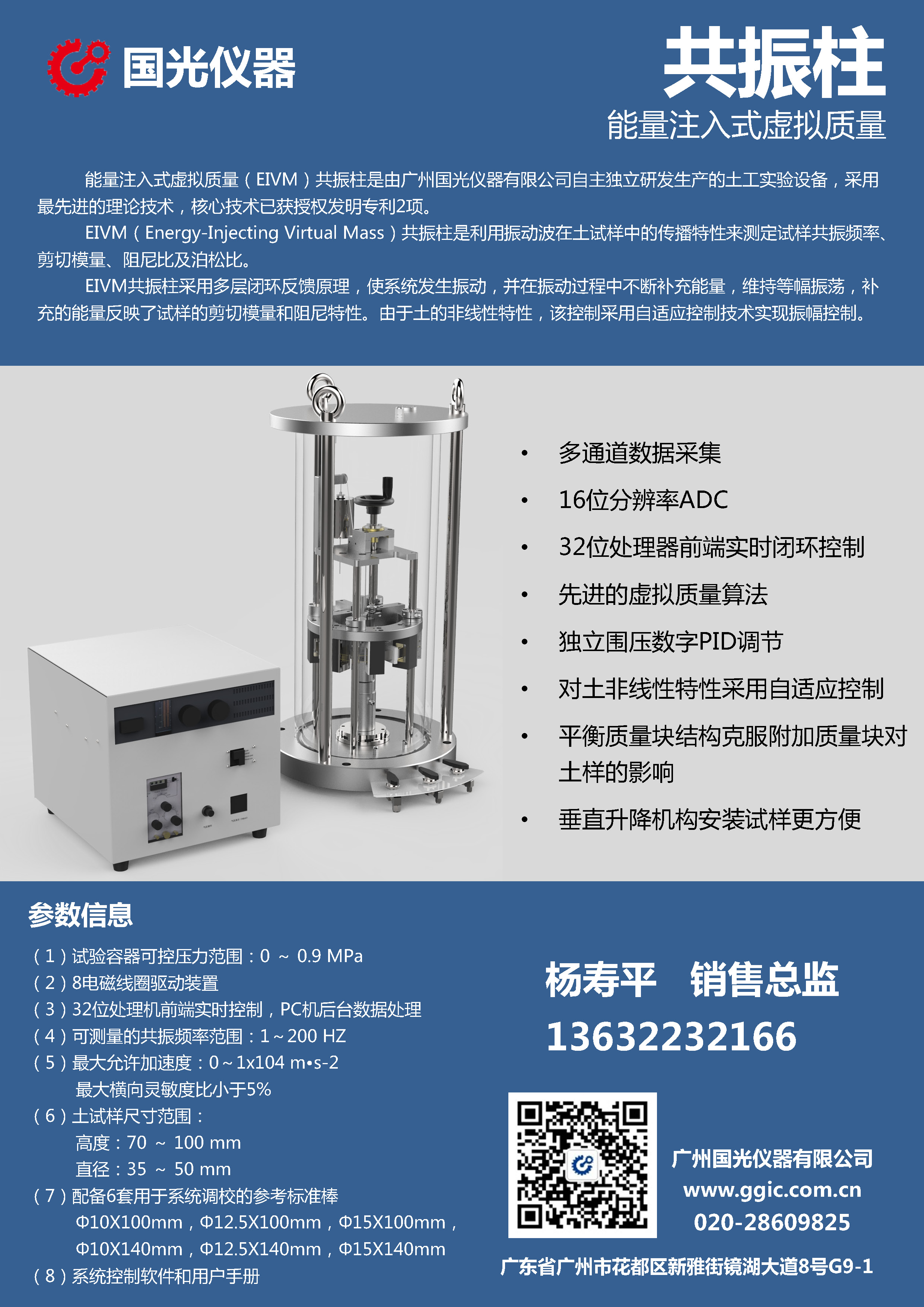
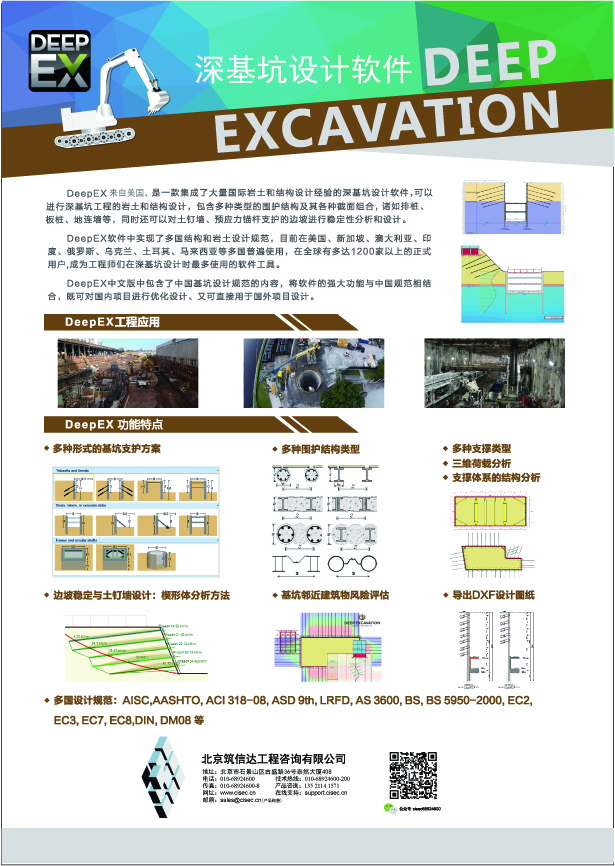
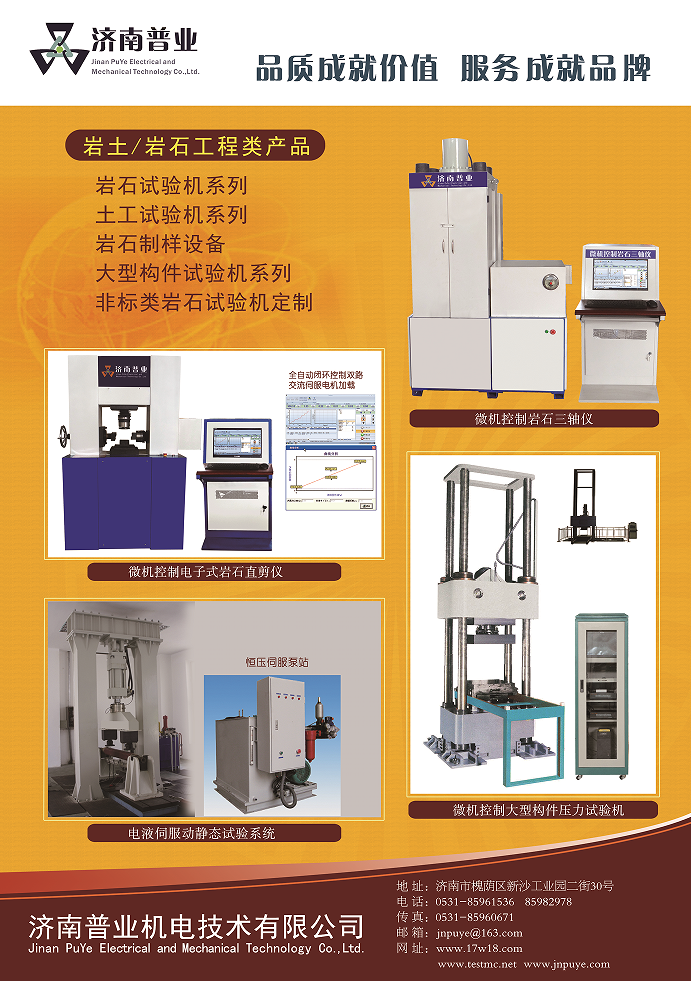
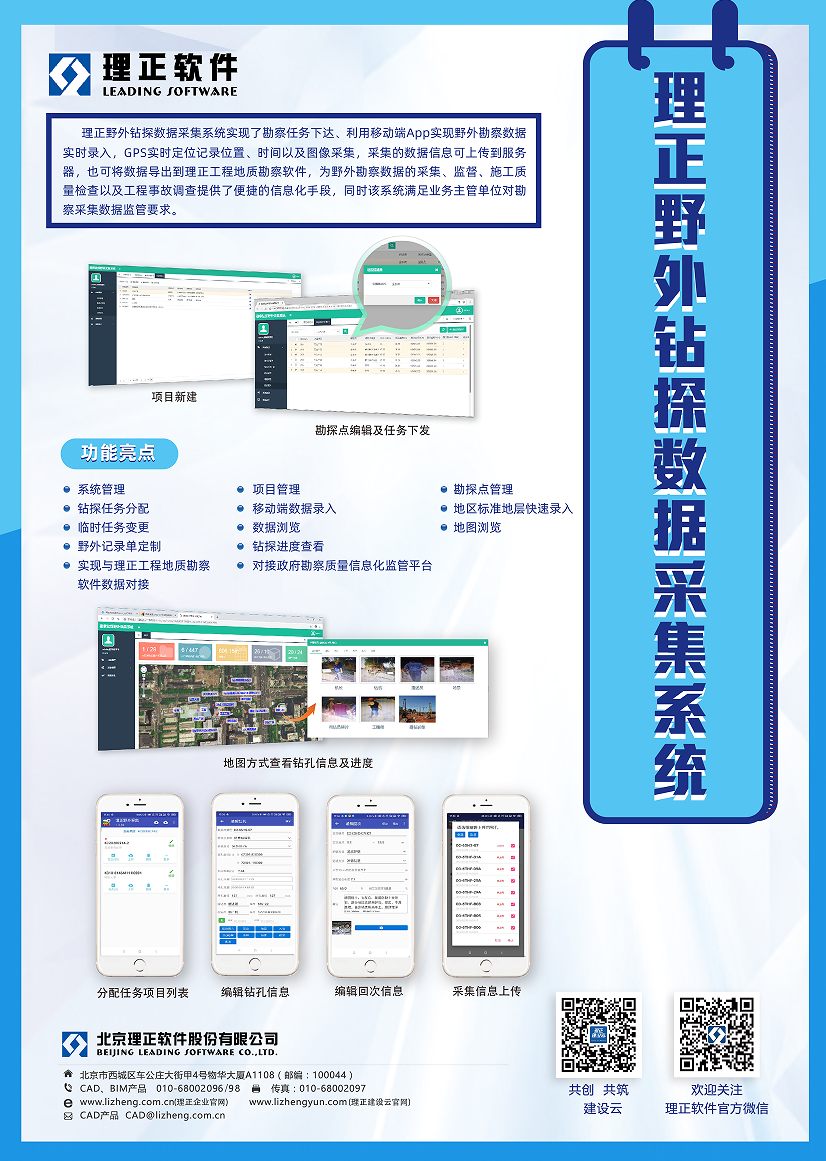
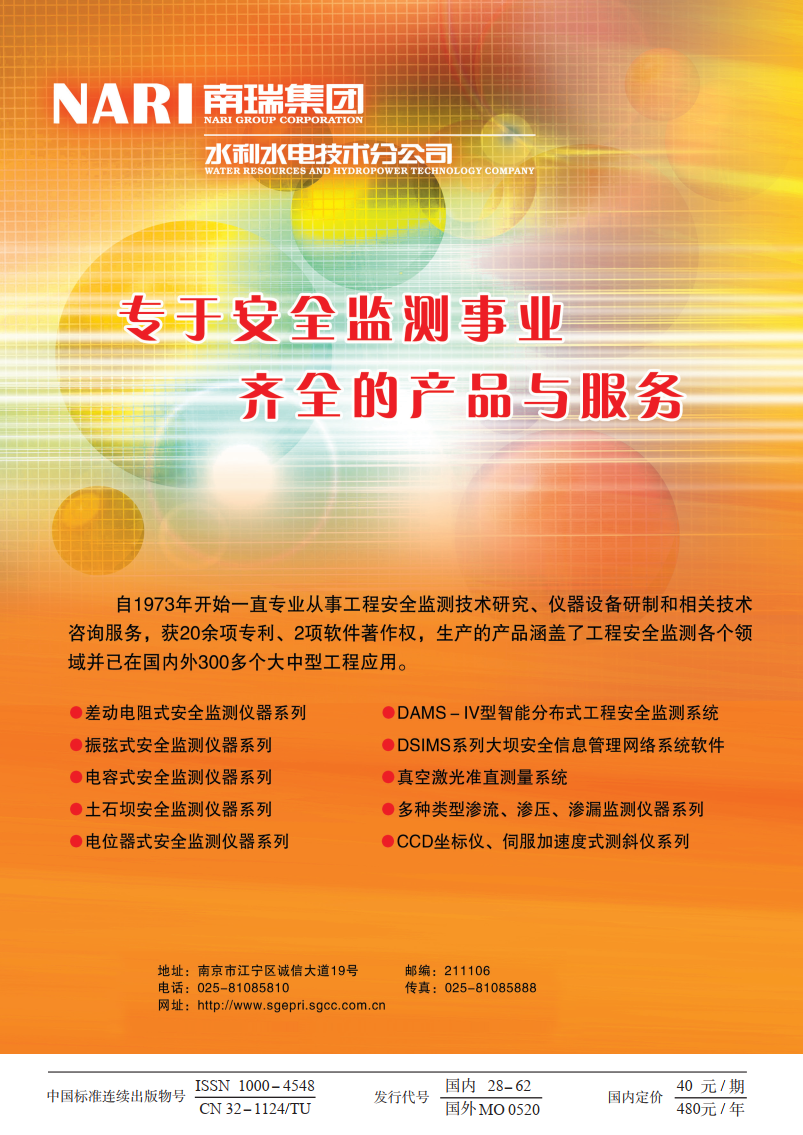
 下载:
下载:
